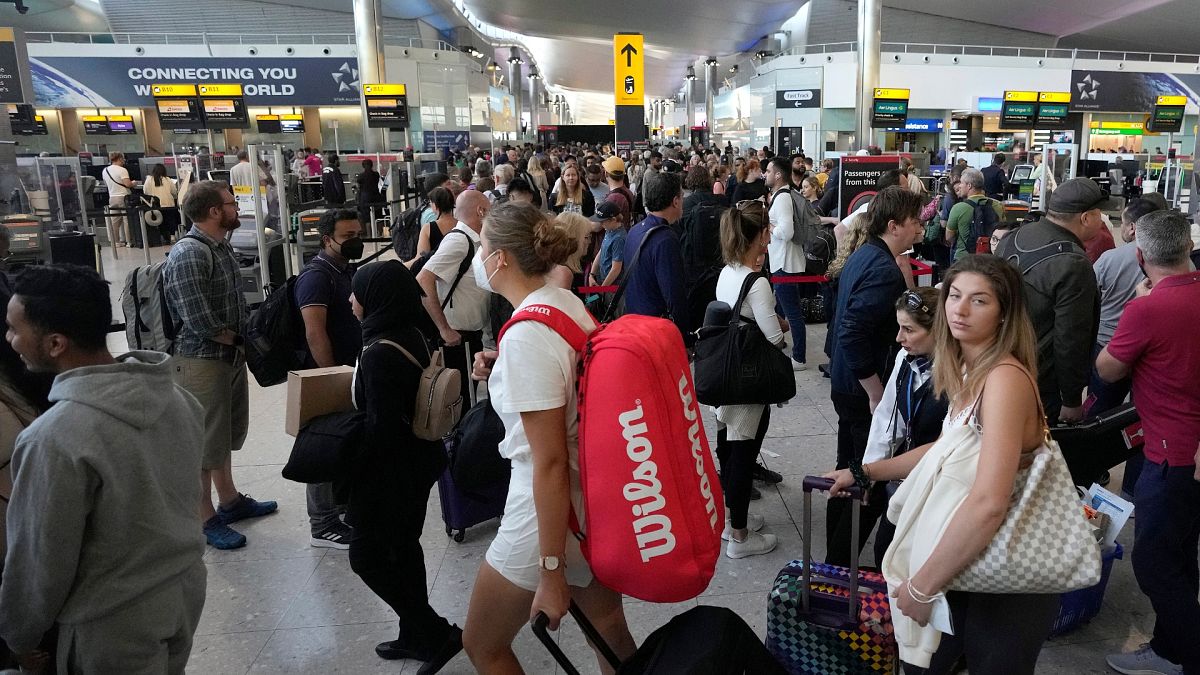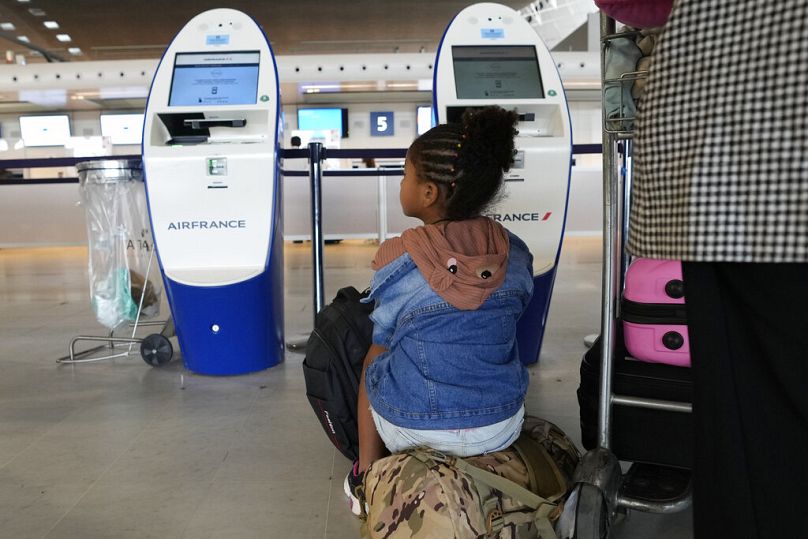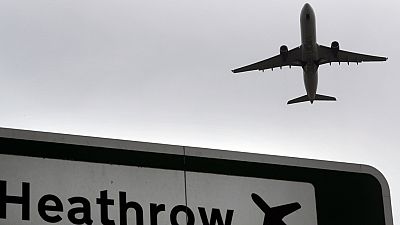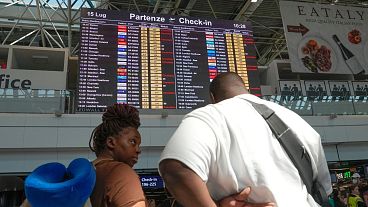An estimated 1.19 billion passengers passed through Europe’s top 40 airports in 2023.
From air traffic control strikes to extreme weather, last year saw millions of passengers face flight delays across Europe.
But where were the biggest issues and which airlines coped the best with the conditions?
New data released by European air traffic control organisation Eurocontrol has revealed how airports and airlines performed last year.
It highlights the challenges of ensuring 10 million flights arrive and depart on time in the face of “strikes, a massive increase in adverse weather and the disruption caused by Russia’s invasion of Ukraine”.
Were delays across Europe worse in 2023?
Air traffic control strikes in France and extreme weather events over the summer had a big impact on Europe’s flights in the first half of last year. And the continued closure of Ukraine’s airspace has meant increased traffic over neighbouring countries, leading to almost daily restrictions in Hungary.
Delays en route due to ATC strikes were four times higher in 2023 than they were in 2022 with almost all affecting French airspace.
The average delay from all causes was 17.7 minutes - roughly the same as it was in 2022 but much higher than in 2019. 71 per cent of flights arrived on time and around 65 per cent departed punctually.
Airports including Lisbon and London Gatwick had frequent restrictions on capacity while the main disruptions at other hubs like Amsterdam, Heathrow and Munich came from the weather.
France and Germany accounted for almost two-thirds of all flight delays en route. Though strikes, weather events and changes to systems made problems worse, capacity and staffing were the main issues that generated delays.
Which airlines had the fewest delays?
Four airlines - Iberia, Widerøe, Vueling and Norwegian - had arrival punctuality rates of over 80 per cent. This means they had the most flights that arrived on time.
But just Vueling and Norwegian showed improvements in punctuality when compared to 2019 - figures for all other operators went down.
The worst airlines for arrival punctuality were TAP (61 per cent), Pegasus (62 per cent) and Turkish Airlines (64 per cent).
When it comes to departing on time, the top three airports for punctuality were Oslo, Vienna and Athens. All 20 airports in Eurocontrol’s data had worse figures for departing on time than in 2019.
What are the busiest airports in Europe?
Istanbul airport handled the highest number of flights last year, setting a new record with 1,684 in one day on 22 June. Amsterdam came in second and London Heathrow in third with all three showing an increase in traffic when compared to 2022.
But a vast majority of airports are still seeing slightly fewer flights than they did in 2019.
Eurocontrol estimates that 1.19 billion passengers passed through Europe’s top 40 airports in 2023. This is significantly more than in 2022 but still lower than it was before the COVID-19 pandemic.
This increase in passenger numbers is much higher than that of flights because new aircraft models mean airlines now have more seats available than before. The data also shows those seats are being filled.
Where did people fly in 2023?
Eurocontrol has also revealed what the most popular routes were from Europe last year. Most people flew inside Europe with an average of 21,660 flights a day.
Intercontinental trips accounted for on average 5,414 flights each day.
The Middle East was the next most popular destination after Europe followed by North America, North Africa and Asia. Flights to the Asia/Pacific region saw the highest growth last year, with the number of trips up 33 per cent compared to 2022.




